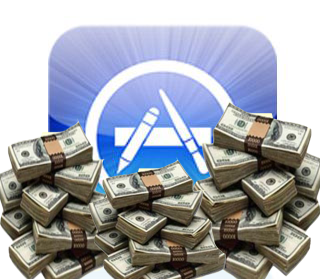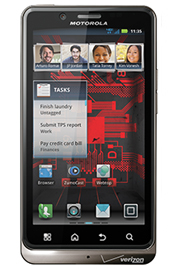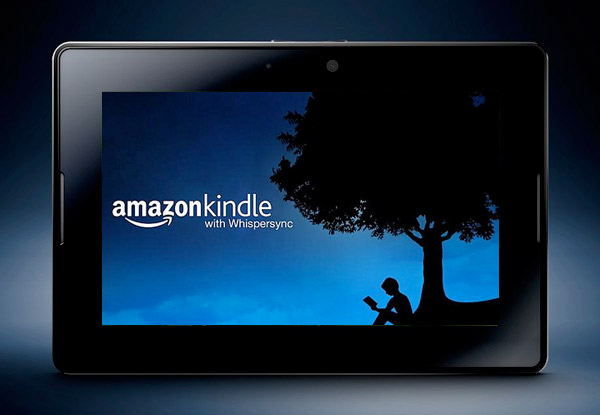In 1994, Steve Balmer came down to San Jose and took me to dinner to show me an early version of Windows 95. Yes, in those days they valued analysts and actually came and met with a few of us often. As you probably know, this was their first full blown OS with a GUI after a rocky attempt at creating an OS with a new GUI in 1993.
As Ballmer was showing me the new user interface on top of a DOS shell, with its colorful icons and more graphically driven screen, I kept thinking to myself that I had seen this already. Of course I was thinking about the Mac’s GUI in which Apple pretty much showed Microsoft and others how to create an OS with a graphical interface and in fact, by 1995, Apple had their version of this on the market for 10 years.
Fast forward to 2011 and this time as I watched Microsoft show off a new OS for Windows at their Build Conference in Anaheim and as I saw the demo unfold and looked at the new Metro UI with its touch features and cloud links, I had that déjà vu experience again. As in 1994, I had already seen many of these features they showed and more from Apple two years ago as they began to show developers an early peak at Mac OS X Lion. And all of the gestures and touch features they showed in Windows 8 are already on the iPad. Yes, the Metro UI is different in its tiling approach to organizing data, but otherwise, many of its features are like Mac OS X Lion including in the way it moves the tiles from screen to screen and most of the gestures.
To be sure, both operating systems have a variety of advanced features and I will let the Windows and Mac aficionados slug it out as to whose is best and what is different from the others. But the bottom line is that Windows 8 is an impressive upgrade from the Windows of the past and it will finally bring the Windows OS into the 21st century.
The first noticeable thing in Windows is their tiling UI called Metro. If you have a Windows Mobile 7 smart phone or have seen one demoed you already know what this looks like since it quite similar. You assign various tasks and apps to a tile and pin them to your screen and you can pin as many as you want to and then move from screen to screen to find and launch them.
For the Mac users, it is very similar to how you go from app screen to app screen on and Mac or iPad. But on a Windows PC or even a tablet it is a most logical next step in Windows design and important to the Windows community. Also, since the Metro UI is fundamentally the same on a Windows PC and their Windows Mobile Smartphones, Microsoft is hoping to get more Windows 8 users to buy into their Windows smartphone strategy.
Another thing that is quite important is their seven-second boot time. This is something that Microsoft’s customers have been asking for since Windows came to market. And it is quite impressive. This alone should be a reason for people to upgrade to Windows 8.
And the demo they showed of their cloud links throughout the OS to their SkyDisk and apps in the sky are ground breaking for Windows PC users. Again, it mirrors much of what is in Apples iCloud offering coming this fall, but in reality, this is the future of cloud, OS and app integration for any OS in the future. More importantly, from the Windows 8 demo I saw, the actual integration seems very rich and if done as shown, is also one of the more impressive features of Windows 8.
And the other noticeable thing with Windows 8 is the fact that while it will run on Intel’s X 86 processors as is, there will also be a version of Windows 8 for ARM, aka Windows on ARM. This is quite important as the ARM processor is known for its ability to deliver long battery life and that too is one of the goals of Windows 8. It is designed to work well on tablets, where long battery life is key and on laptops where longer battery life has always been a demand.
From what we hear, all apps written for Windows to-date will work in Windows 8, but developers will have to modify them if they want their apps to use the Metro UI. But, it appears that Windows 8 with the Metro UI designed apps will need to be modified significantly if they are to run on ARM based devices as it has to be written to the ARM code, instead of Intel’s X86 core. That means that Windows 8 will first gain serious street cred on Intel based laptops and tablets, with Win 8 on ARM lagging a bit behind it. On the other hand, they showed some pretty impressive Windows 8 demo’s on nVidia’s Tegra 3, Qualcomm’s SnapDragon and TI’s OMAP processors and it would not surprise me to see development for Windows 8 on ARM accelerated in the near future.
You may think that Windows 8’s initial push will be to on laptops but I understand from my contacts in Taiwan that this is not a correct assumption. Windows 8’s first push will be to tablets. Microsoft is quite concerned about being so behind in tablets and they are really pushing their OEM’s to get Windows 8 tablets out as fast as possible. That will be the biggest push at first and I suspect that the first commercial version of Windows 8 will be on tablets. But I don’t expect the version for PC’s to be too far behind.
The one big question that Microsoft did not answer at their keynote was when Windows 8 would ship in either tablet or PC flavors. I have heard a lot of estimates and scuttlebutt behind the scenes about this, but we probably won’t see the first commercial version shipping until perhaps mid 2012 at the earliest. However, I know for a fact that they want to saturate the market with Windows 8 devices by the holiday season 2012.
Looking at Windows 8, it is pretty clear to me that this is a big an upgrade since Windows 95 debuted and will introduce Windows users to a great new UI experience. And just as they did in 1995 when that OS eclipsed the Mac, I suspect that barring any new surprises from Apple, this new OS will give Windows users at least a solid path towards keeping them in the Windows camp and Microsoft could have a monster hit on their hands in the very near future.


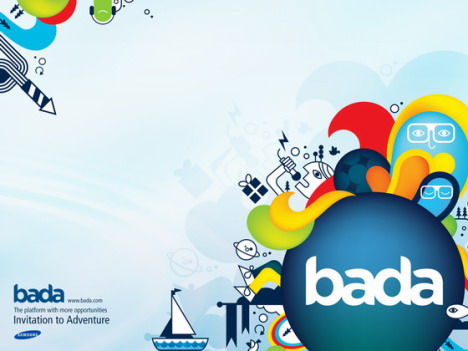


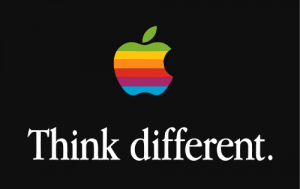



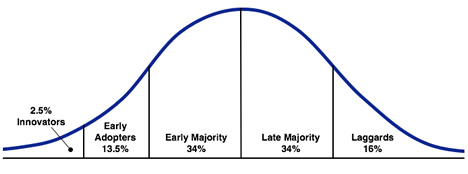
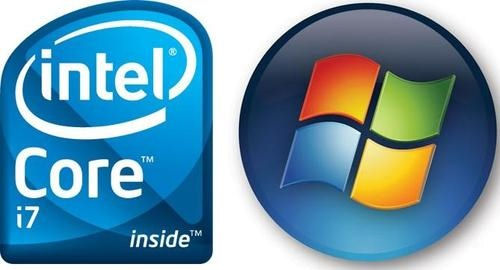

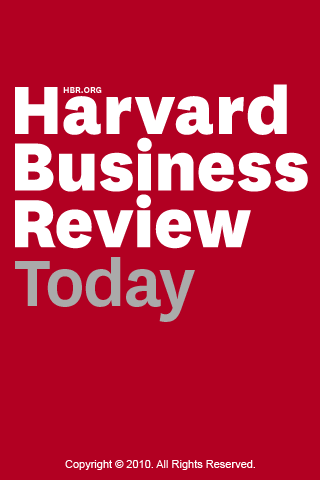


 For the past five years,
For the past five years, 



